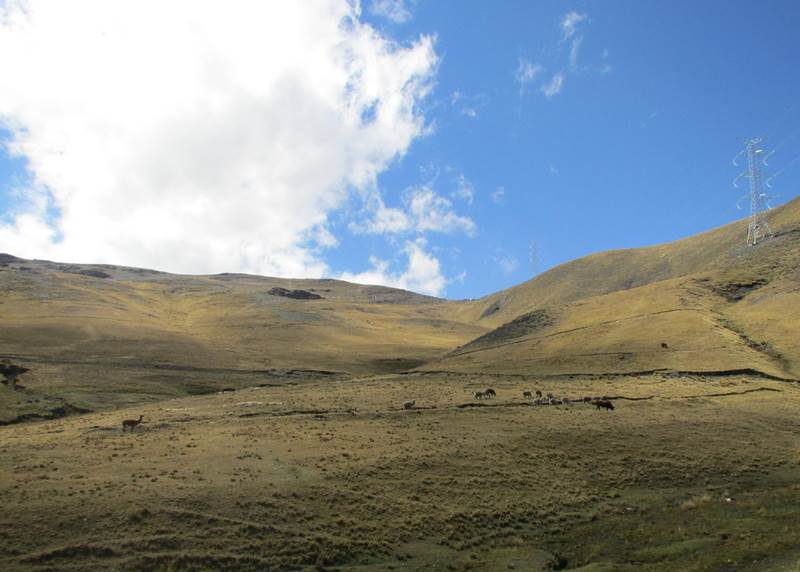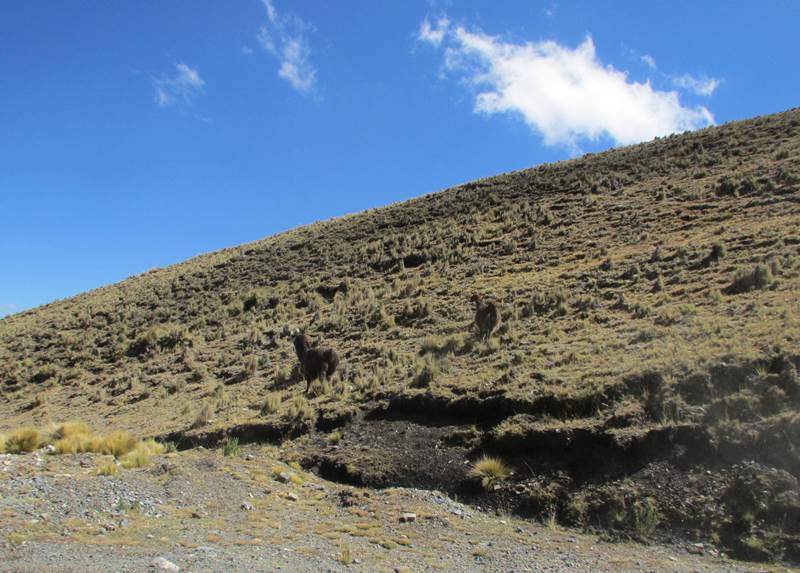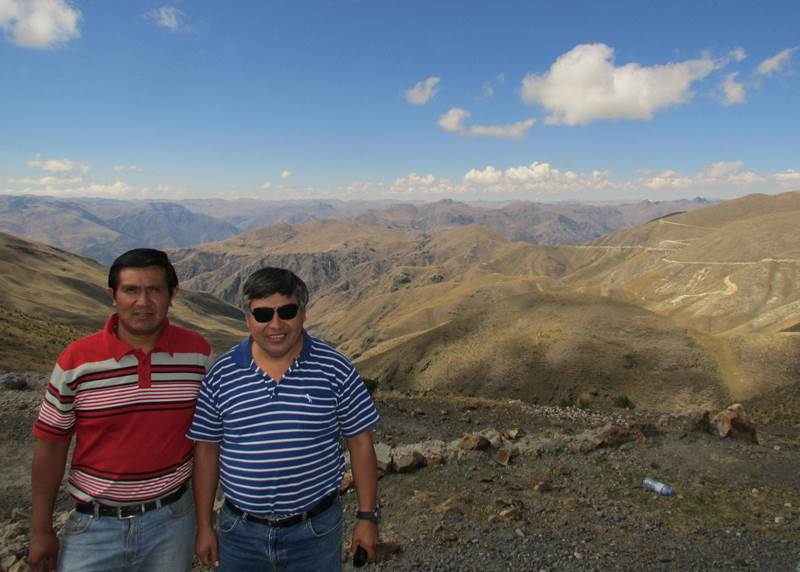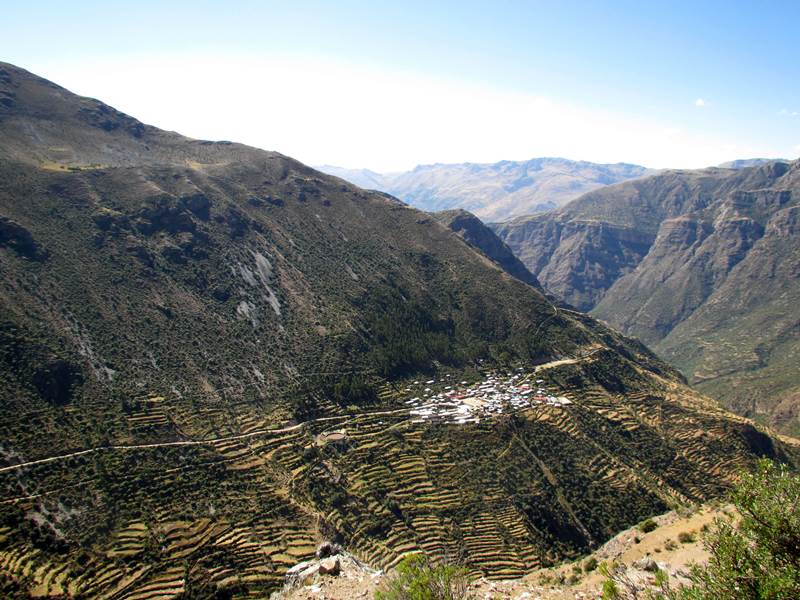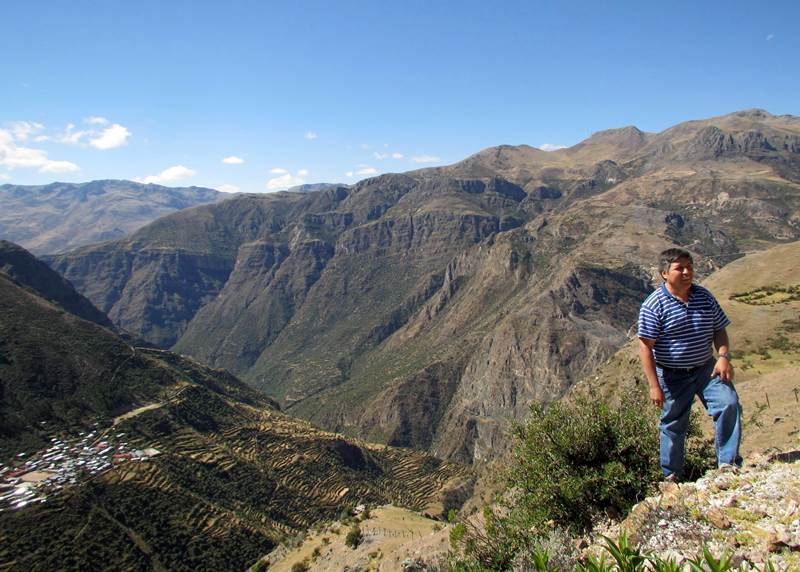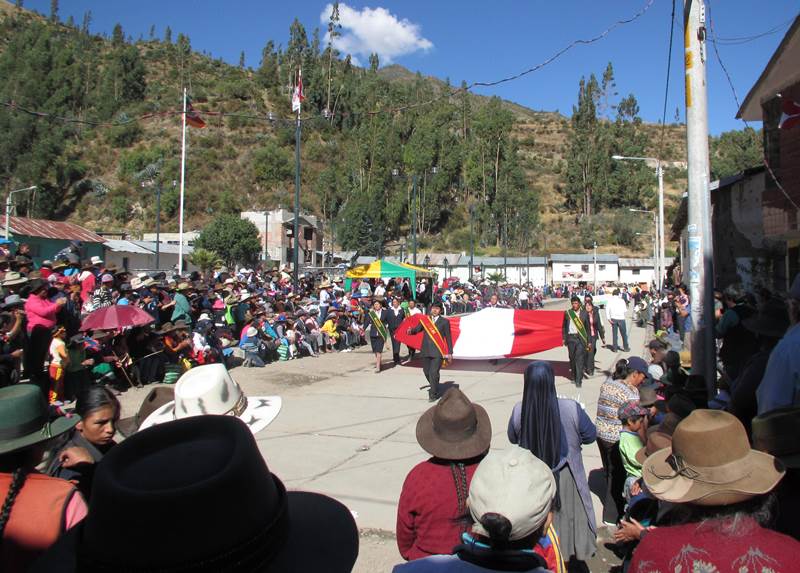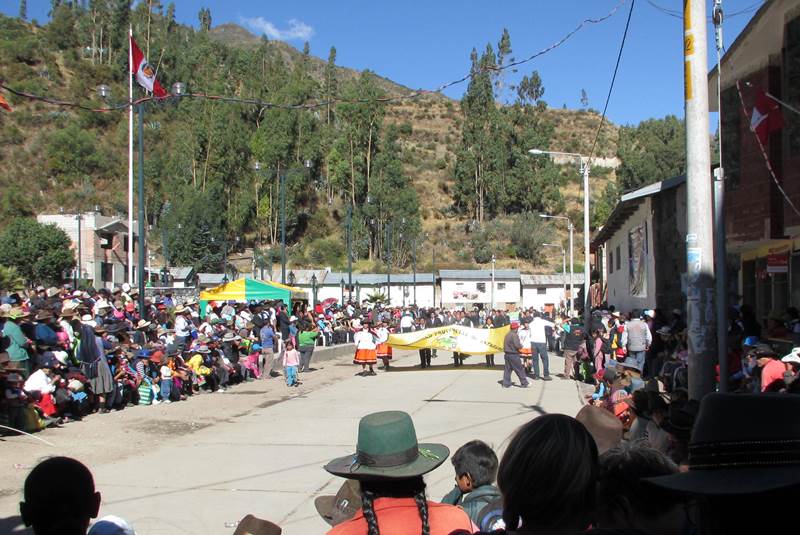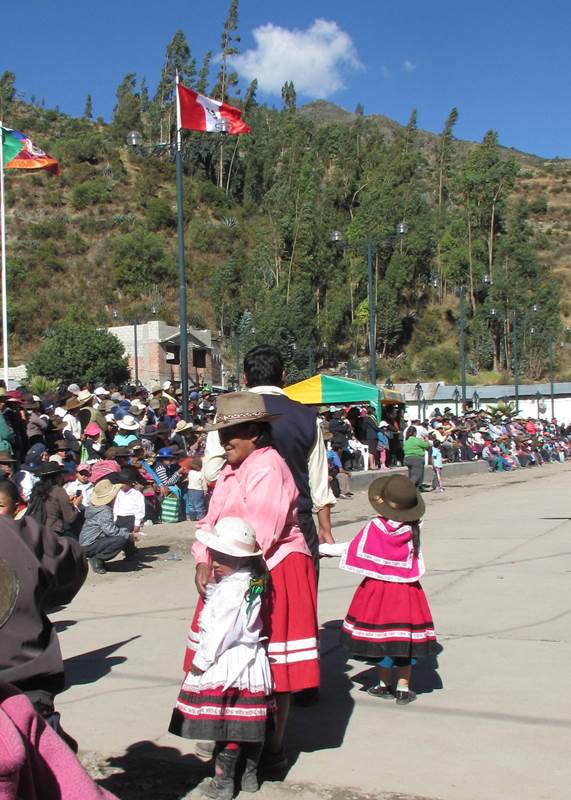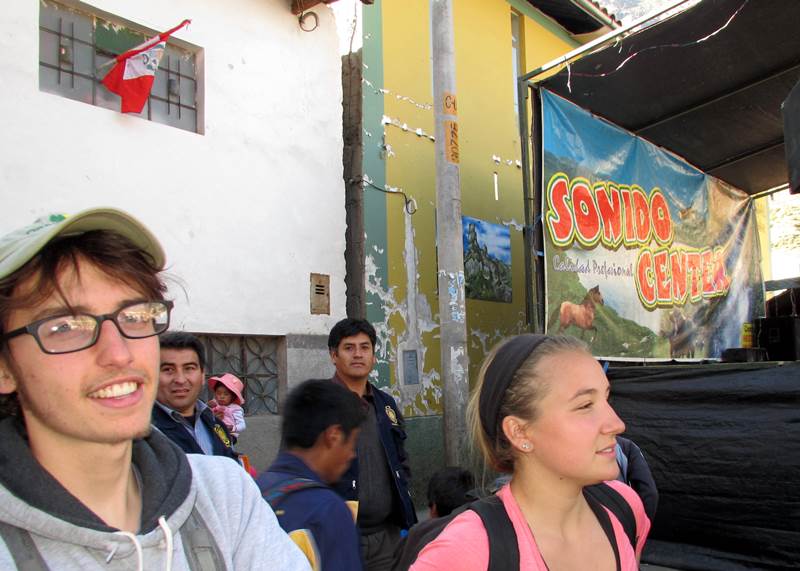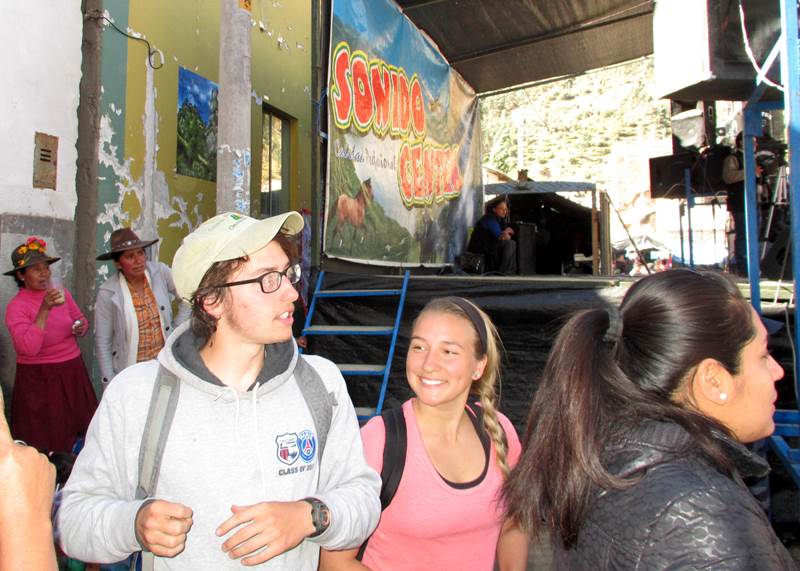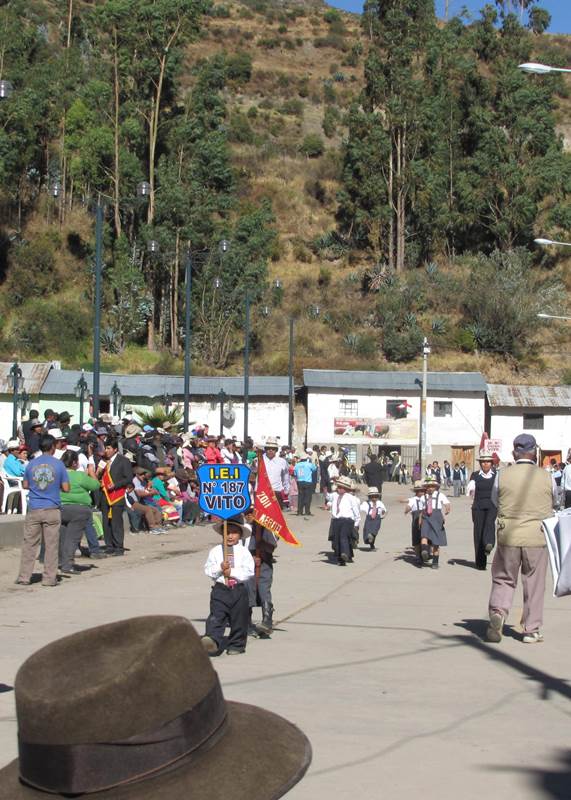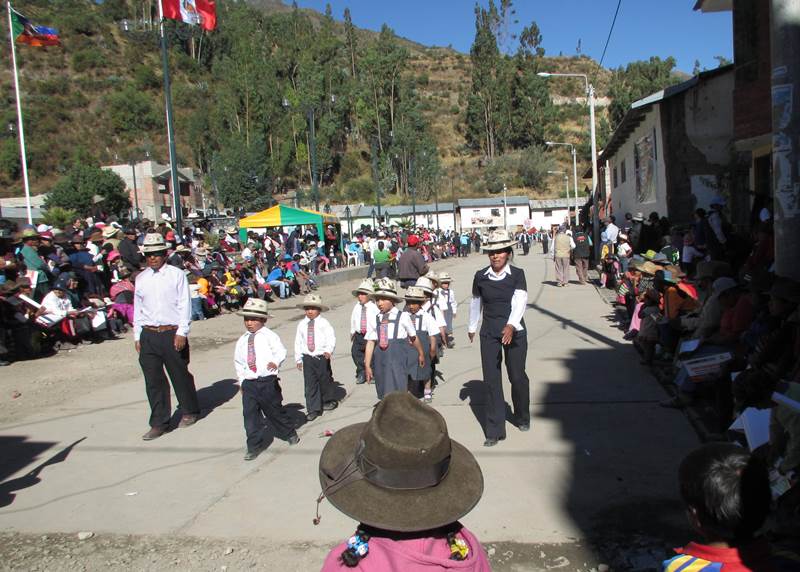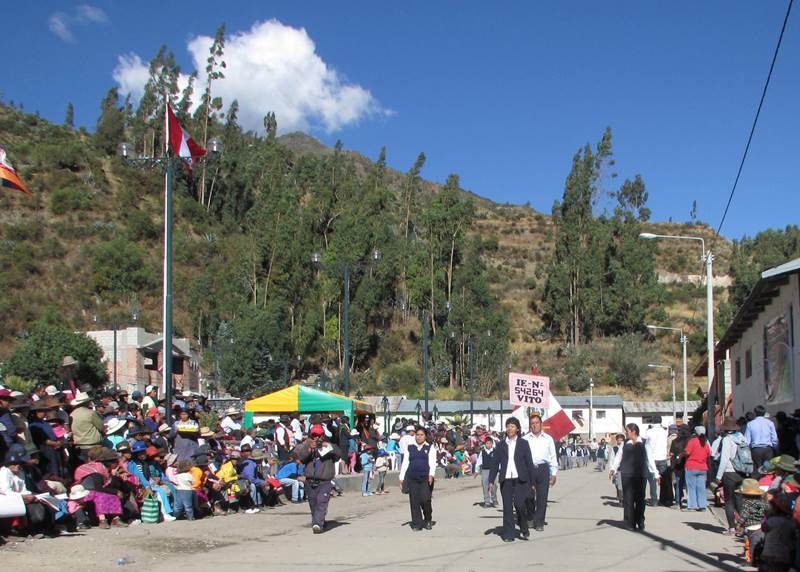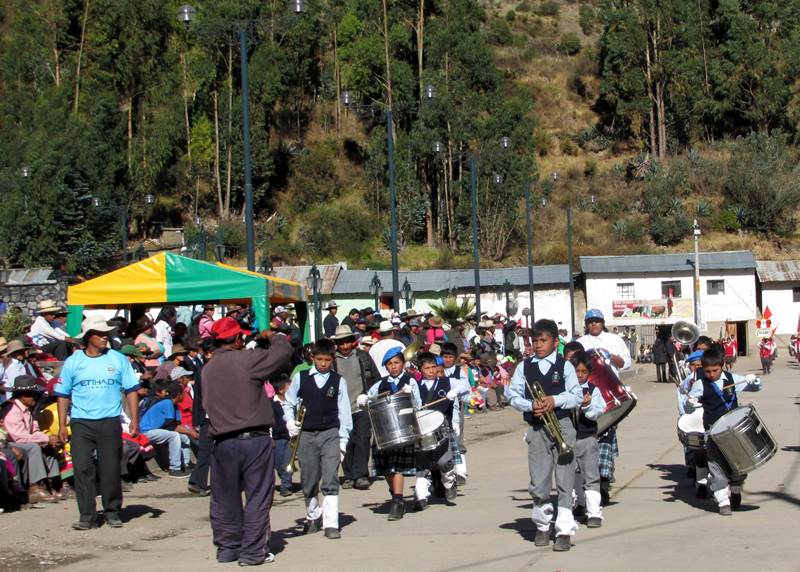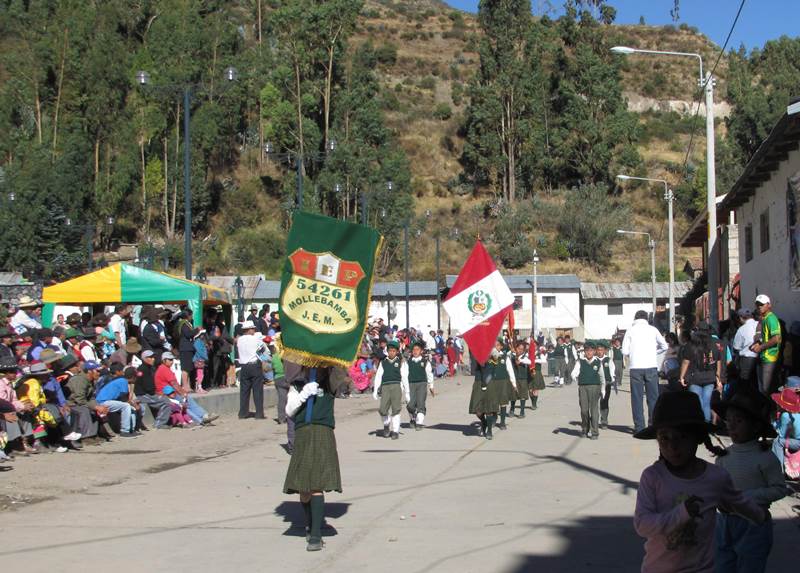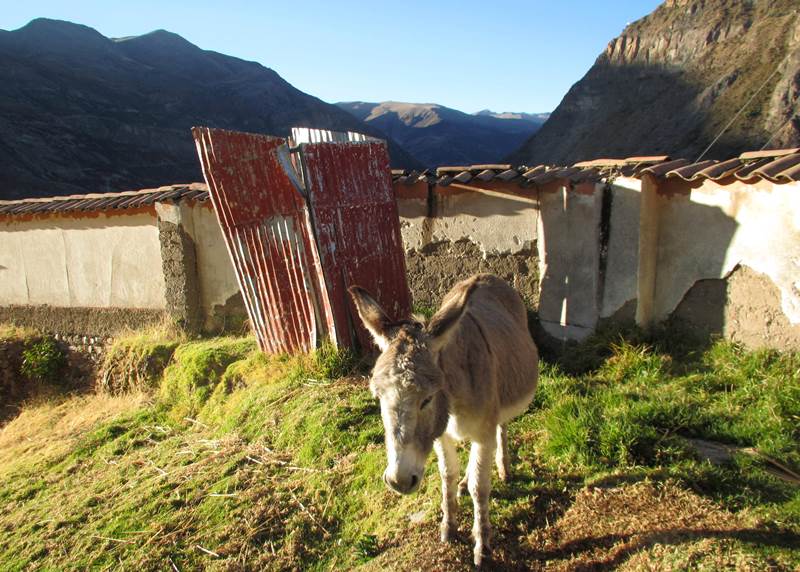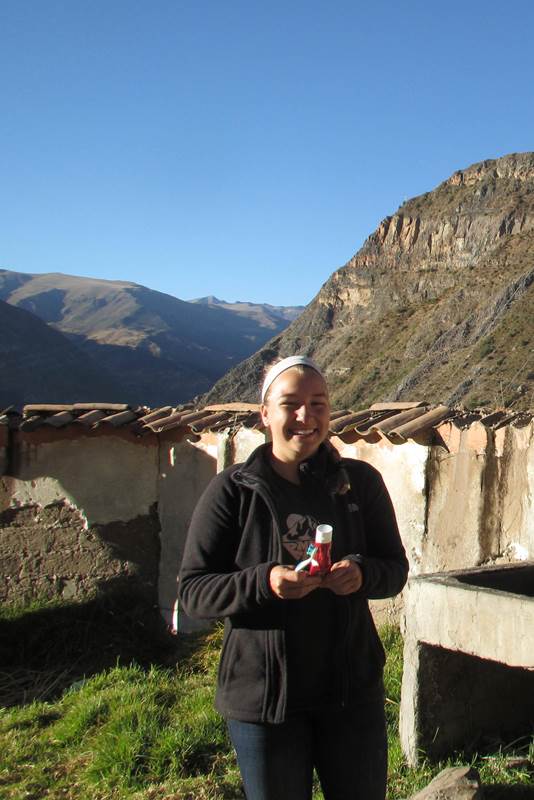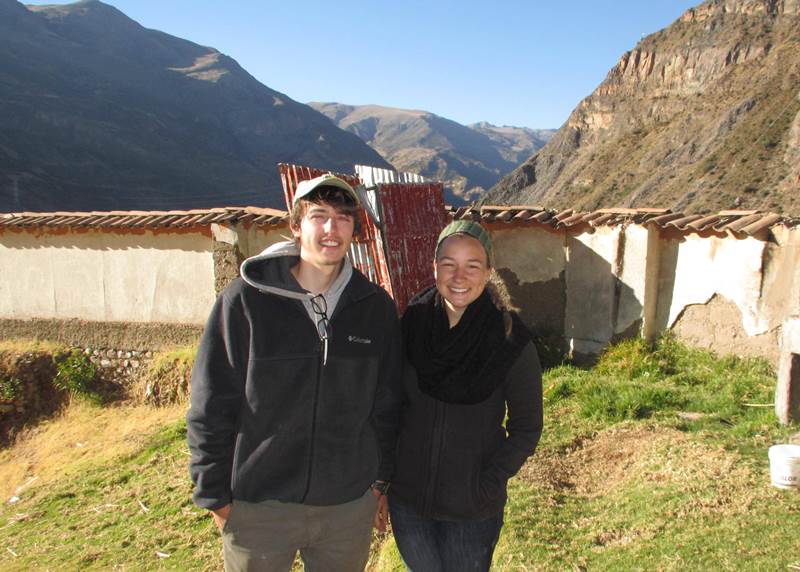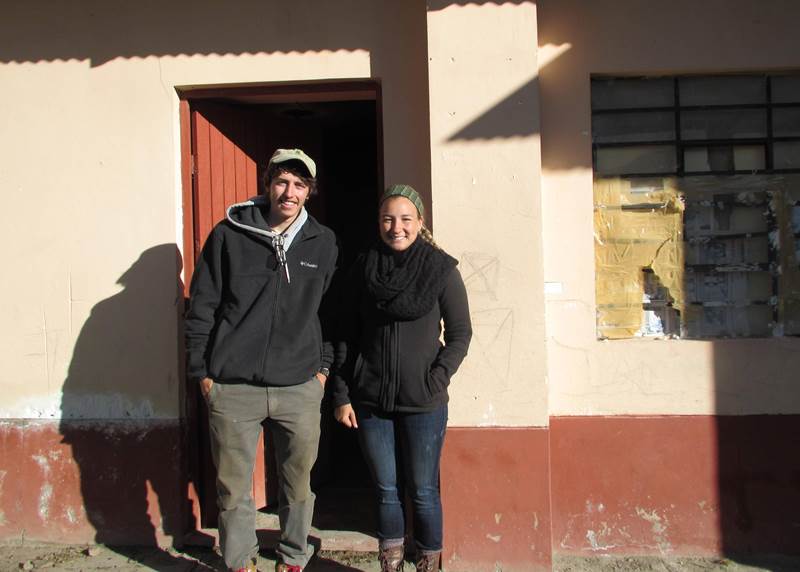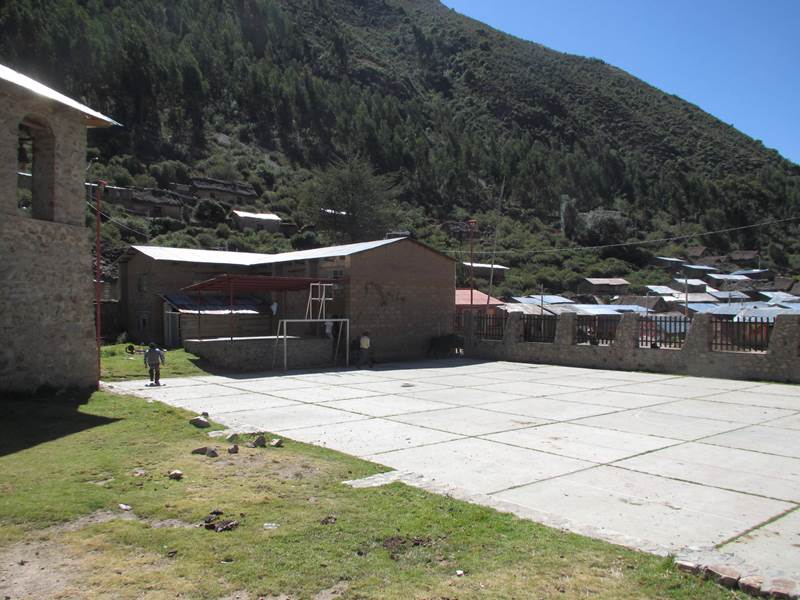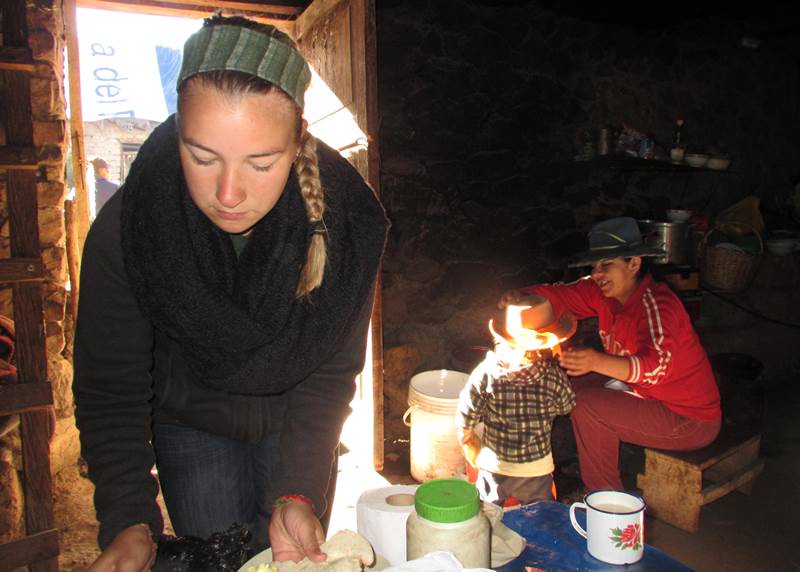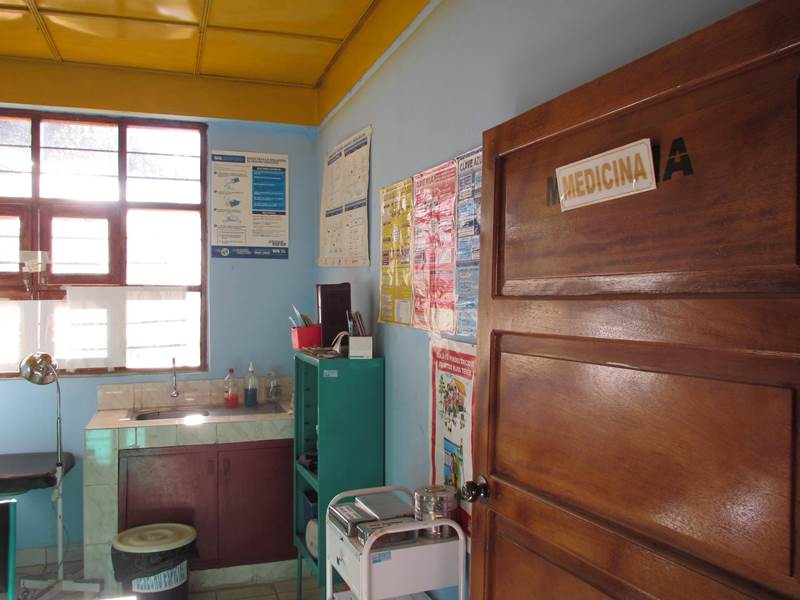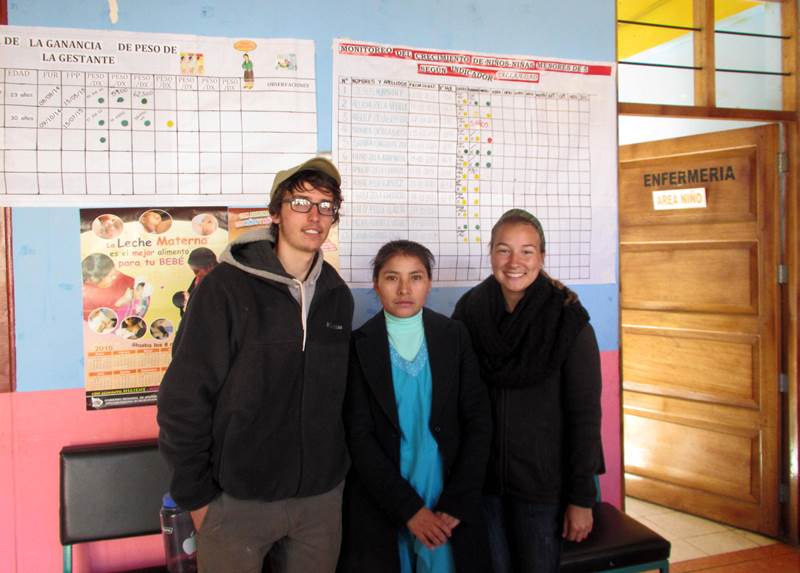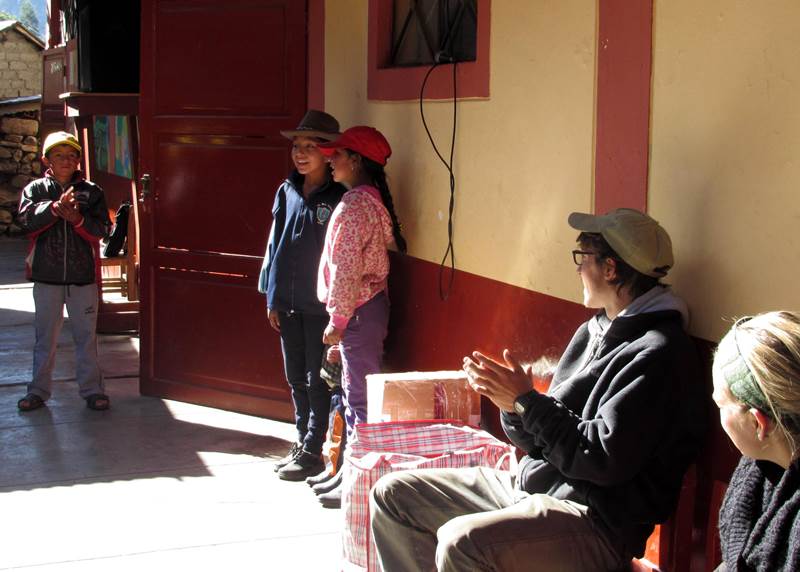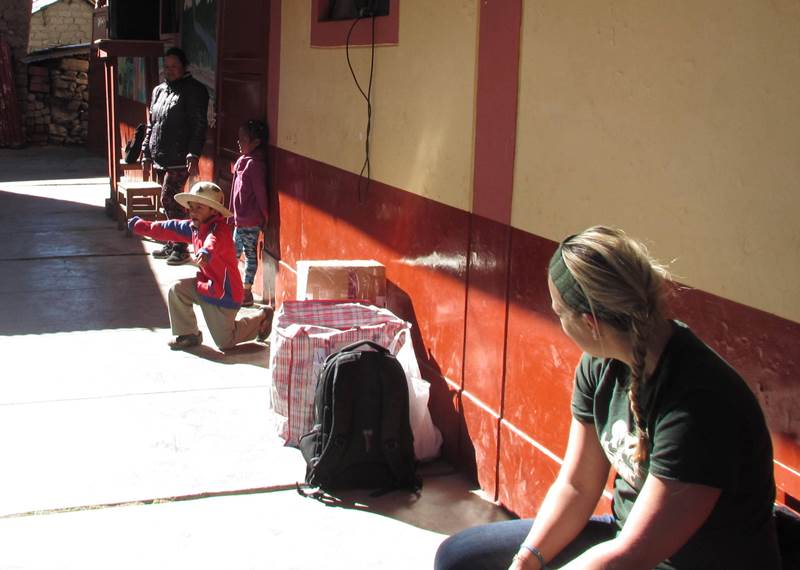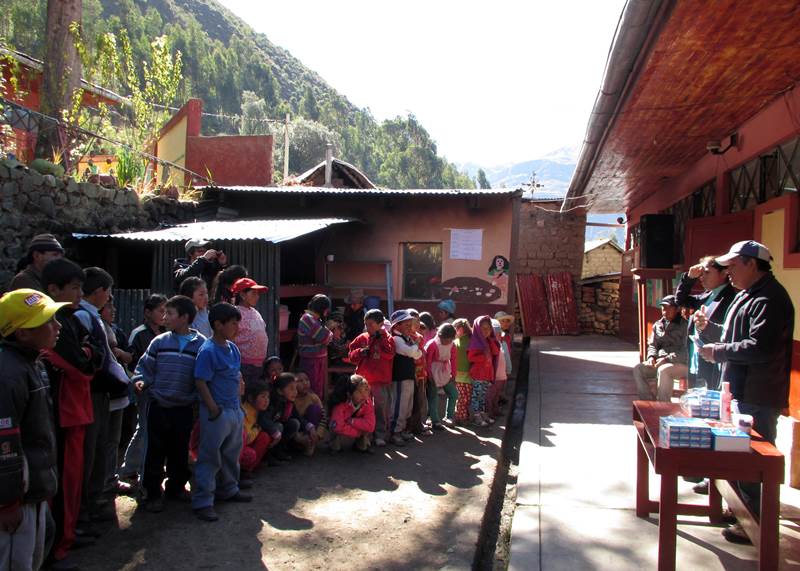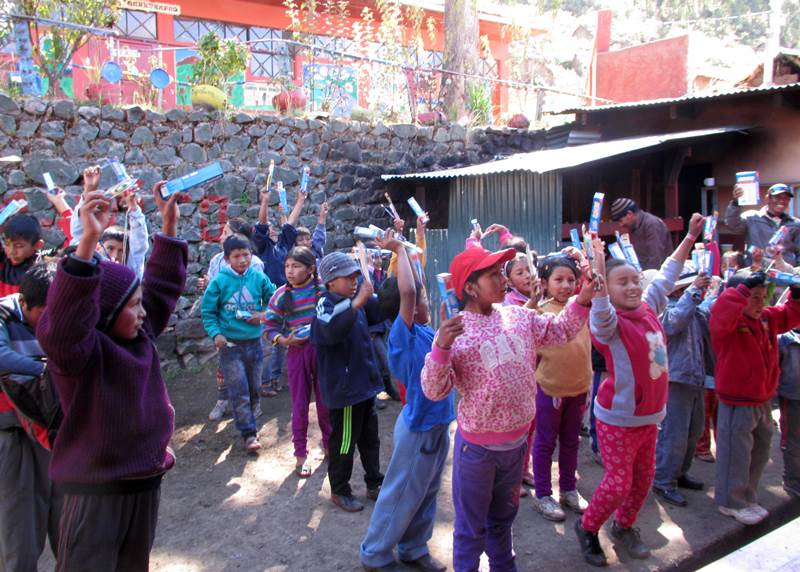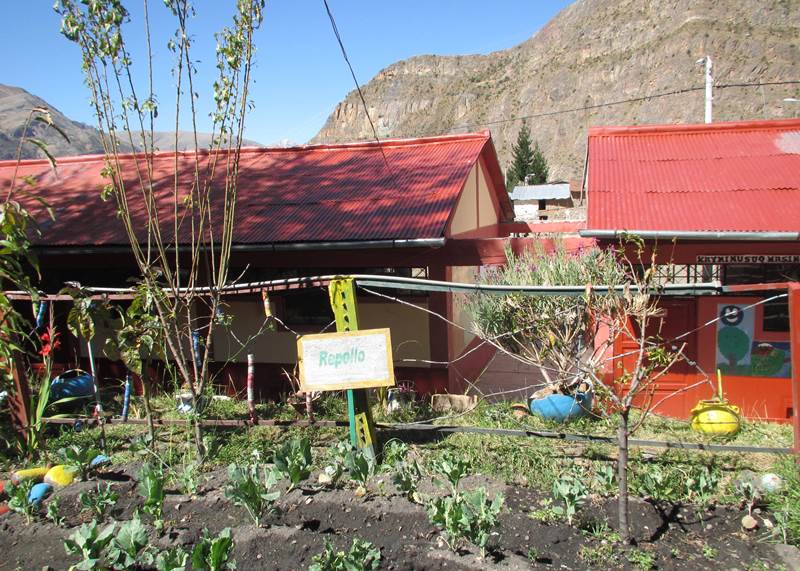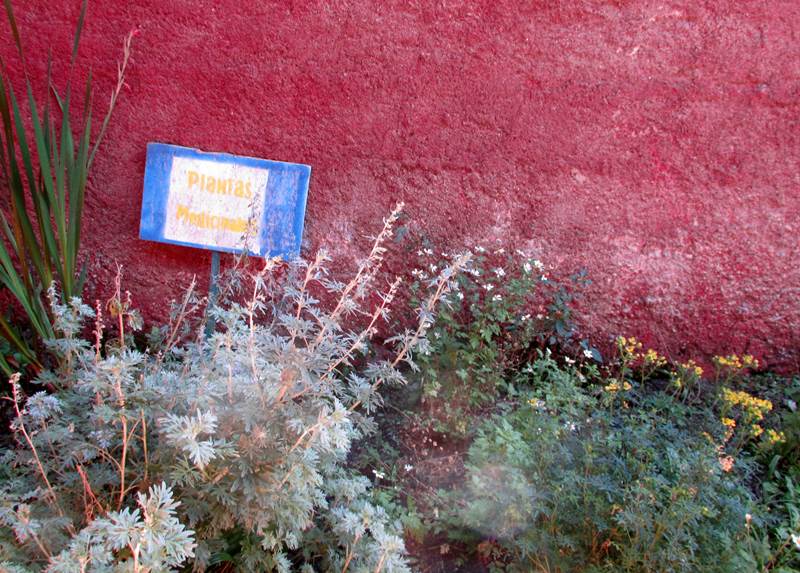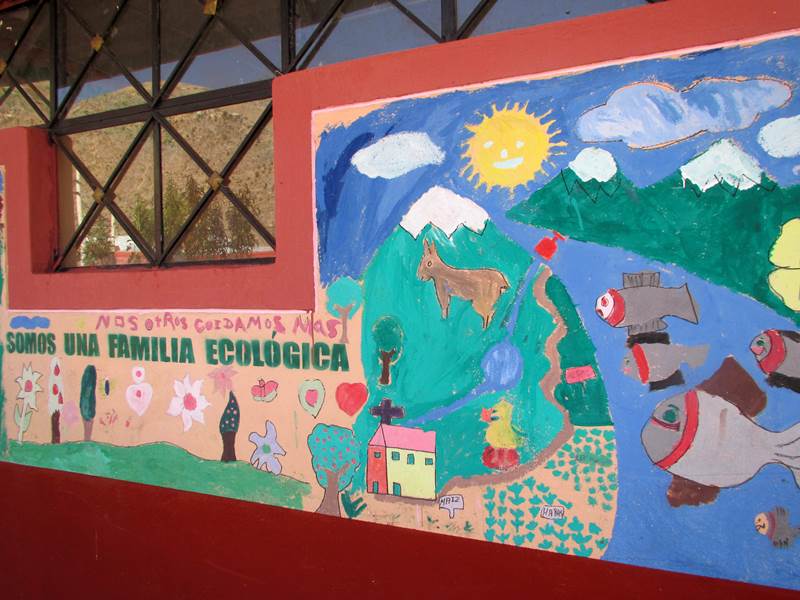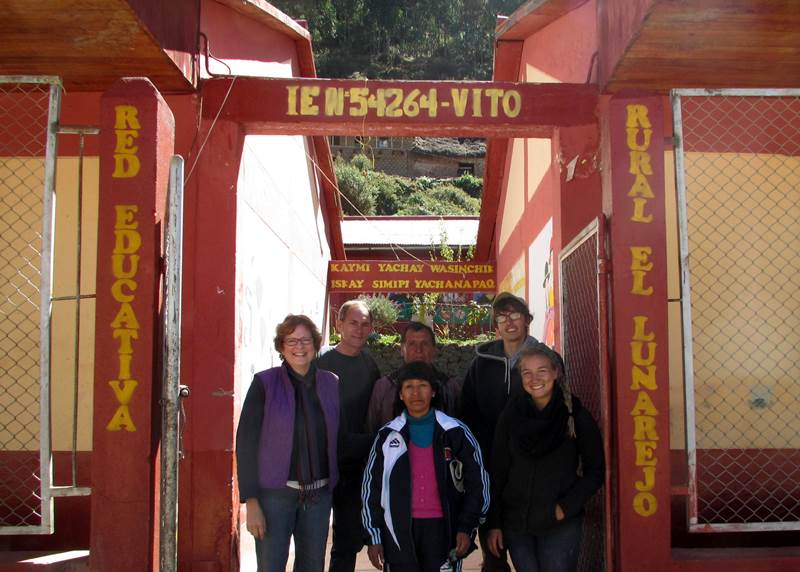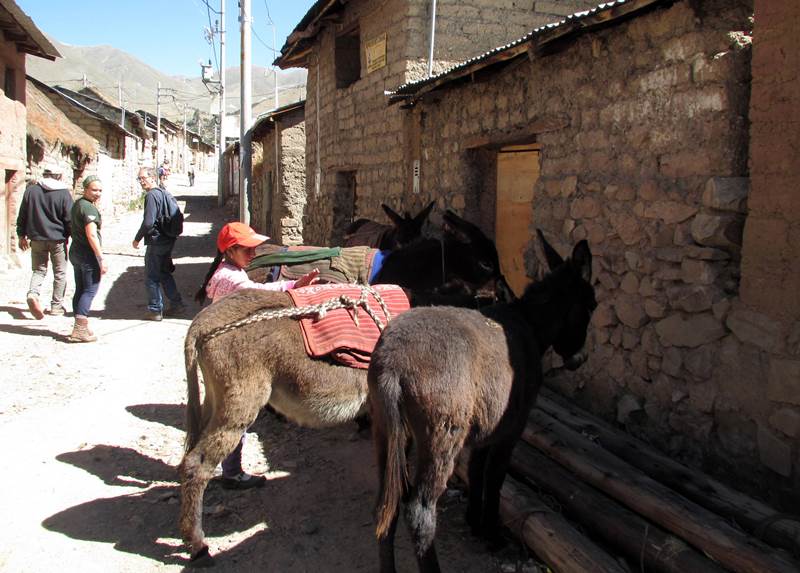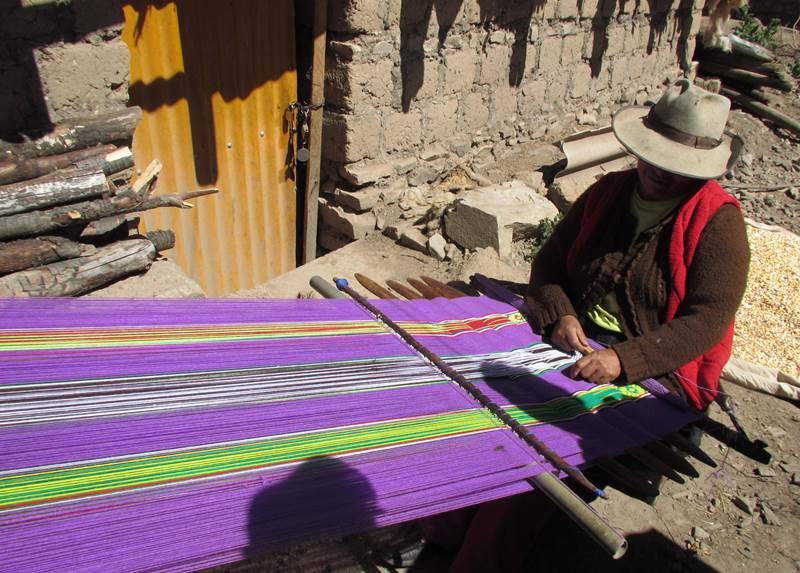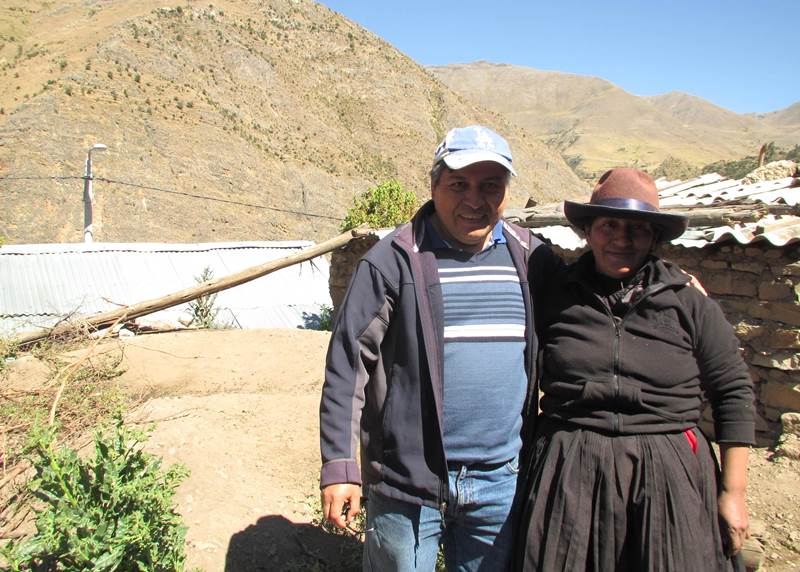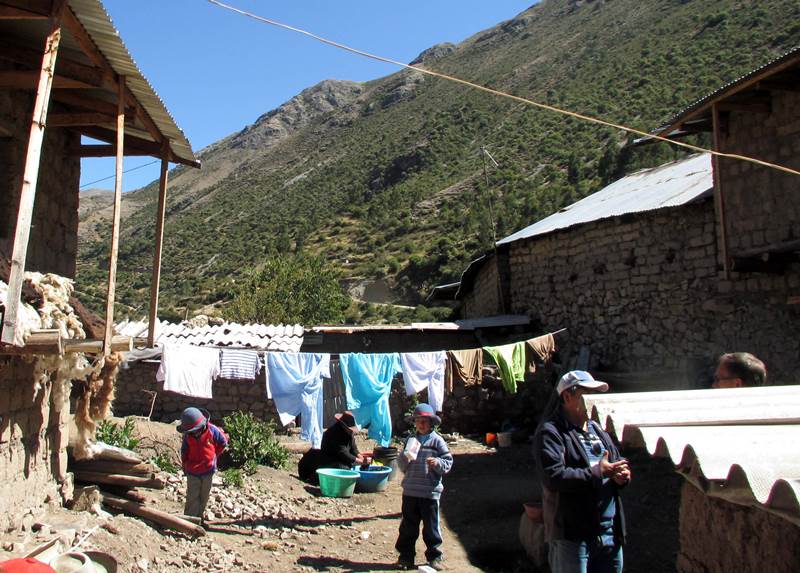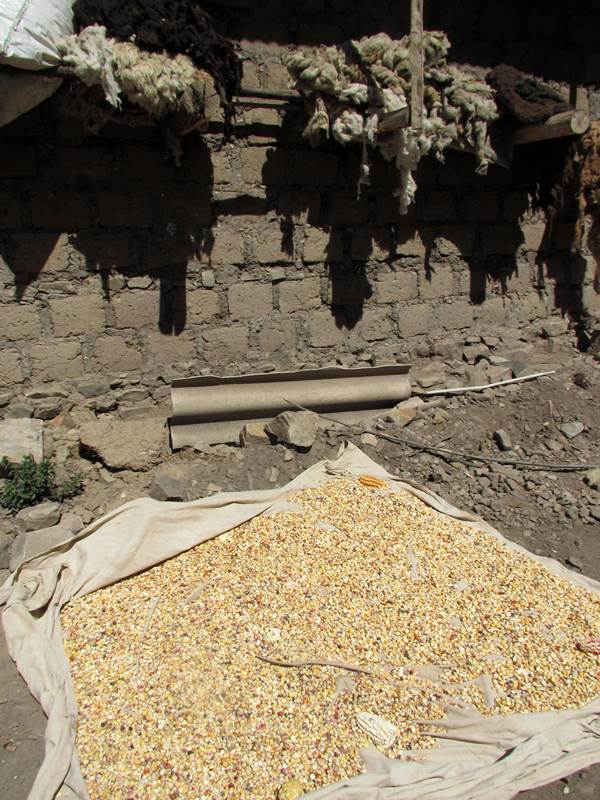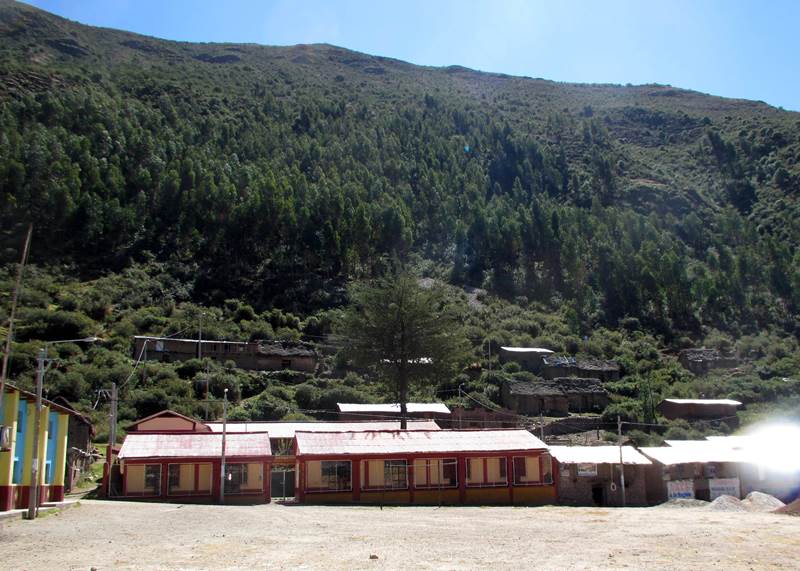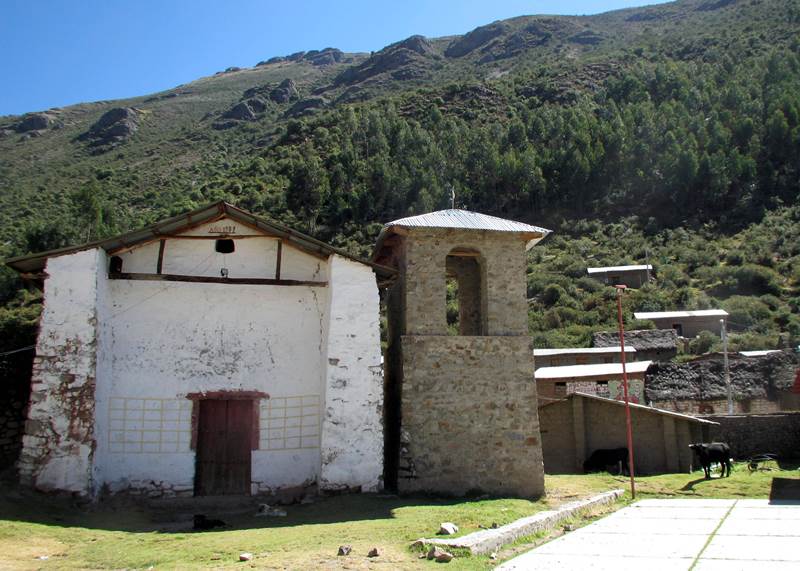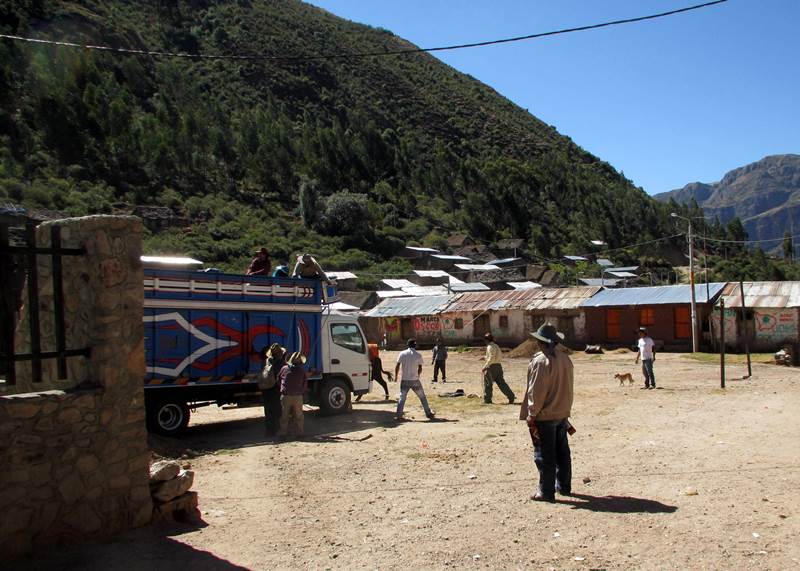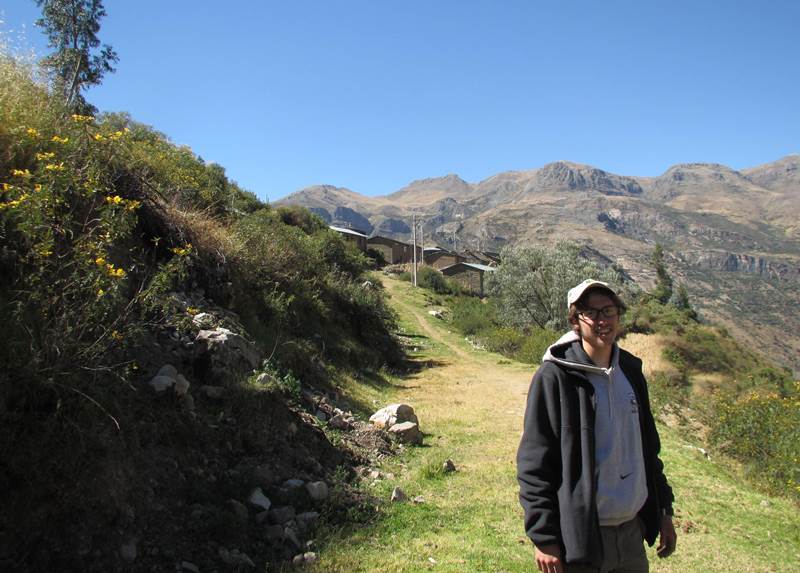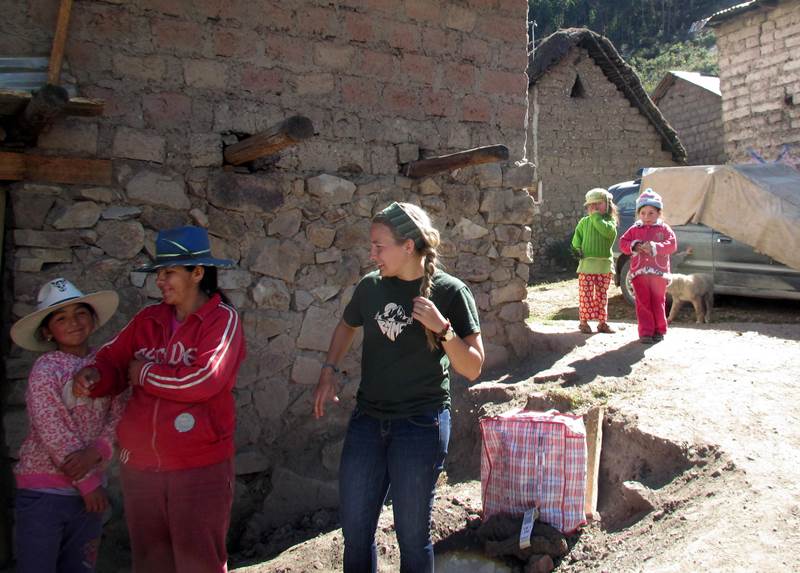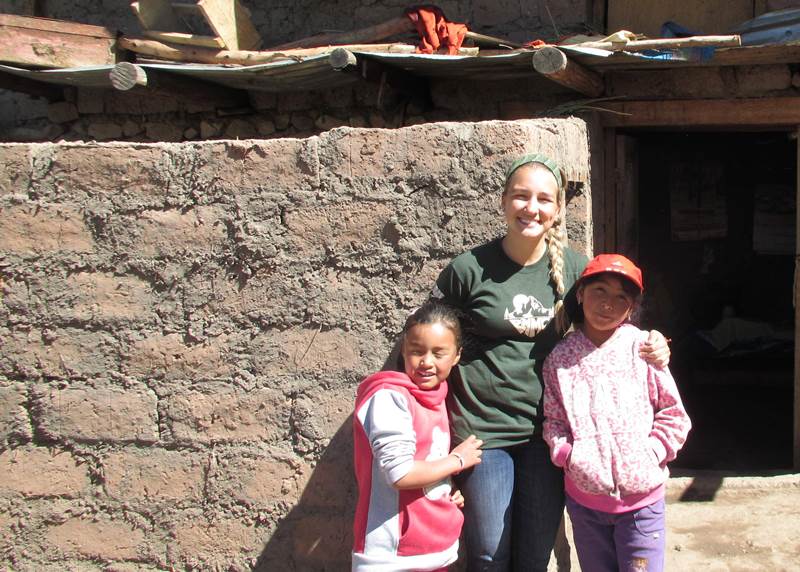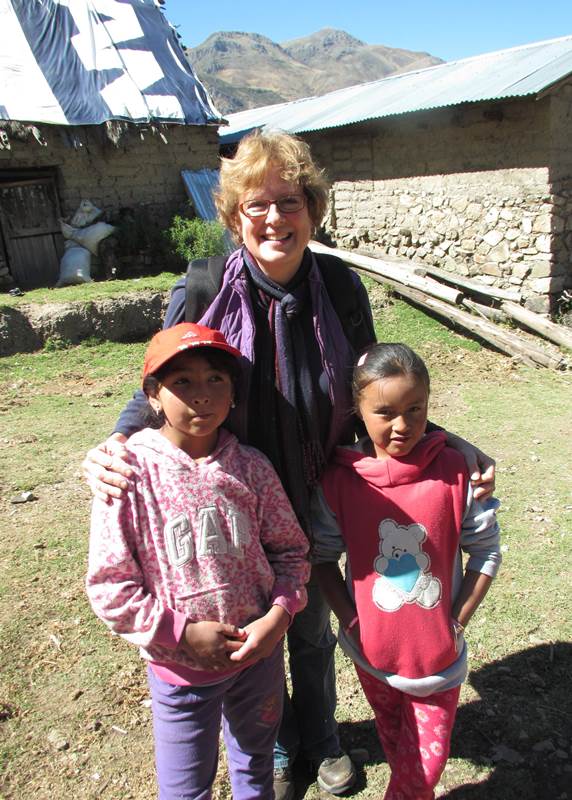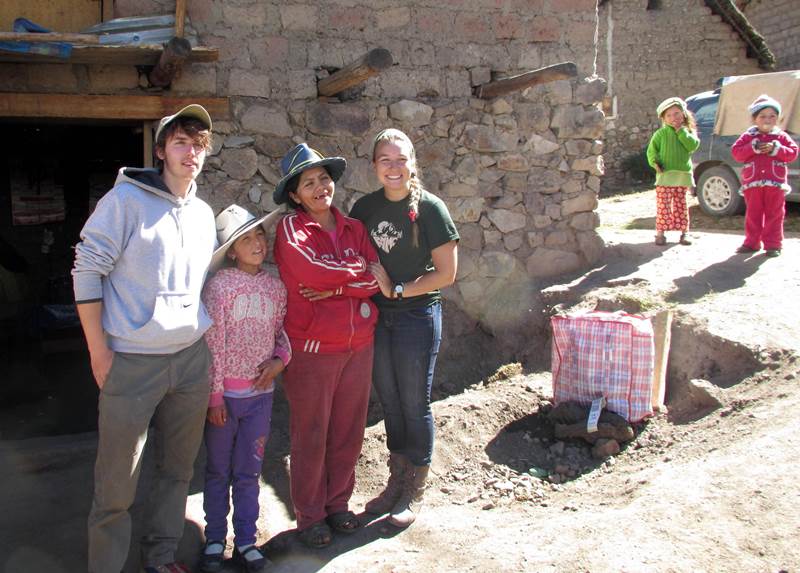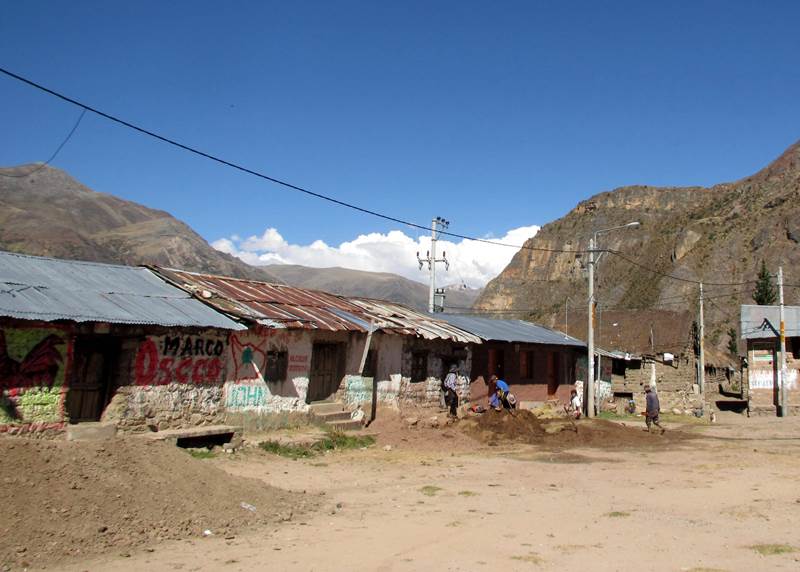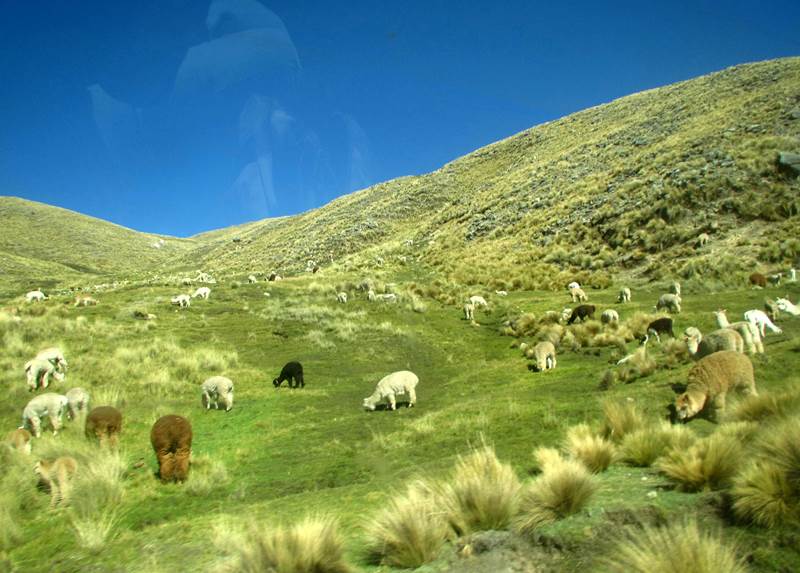Reversing a Journey, to Do Service in Vito
By Karen and Duane Sherer Stoltzfus
Peru SST Co-Directors, 2014-2015
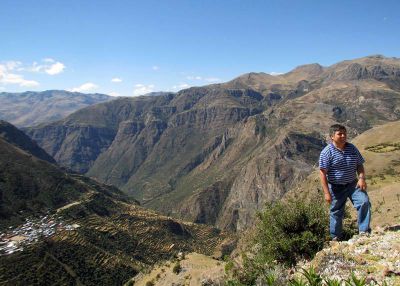
At the start of every semester this year, Wilfredo “Willy” Villavicencio, who coordinates the service portion of SST, tells the story of leaving his home in a small, impoverished town in the Andes as an 11-year-old, in search of educational and job opportunities in Lima.
It’s a journey that has been made by hundreds of thousands of Peruvians from the mountains and the jungle. Lima, the gleaming destination, is home to nearly one third of the estimated 30 million residents of Peru.
Many immigrants become homesteaders on the sandy outskirts of Lima, often without water and electricity in the early going; others, like Willy, move in with family members, in his case an older brother, who arrived earlier. In any event, Lima is quick to remind newcomers that city life has its own hardships.
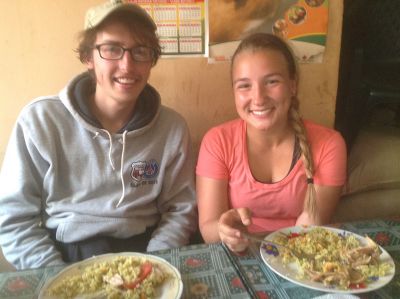
With Willy as our guide, we wanted to retrace his personal journey, and, for the first time, have students serve in his hometown, Vito, a place he describes as “muy Andino, muy remoto, muy olvidado” (very Andean, very remote, very forgotten). Vito is in Apurímac, one of the poorest regions of Peru.
At 5:30 p.m. we started the first leg of the journey, a 16-hour bus ride from Lima to Chalhuanca, which serves as a busy transportation depot in Apurímac. A friend of Willy, Herbert, picked us up in his cab for the next section of the trip, a three-hour ride to Vito, along a stony, dirt road that rises or falls, and always bends, the entire way.
We could have made a game of counting alpacas, burros, cows and llamas. Near Vito, we crossed the high point of the region, Yanaquilca, at 4,477.3 meters, or about 14,689 feet, above sea level.
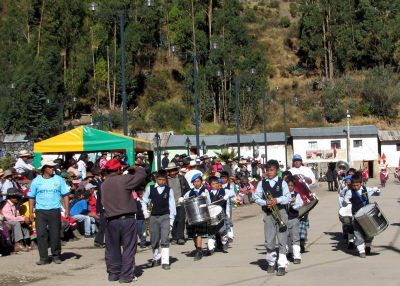
We actually drove by Vito, nestled on a mountain ridge, and met up with Hayley and Philip in a nearby town of Mollebamba that afternoon. The schoolkids of Vito and several other towns had gathered in the Mollebamba valley for a festival, which included marching bands. We arrived 1:15 p.m., in time to join Philip and Hayley for lunch (arroz con pollo) and still get good seats for the parade.
We piled into the cab (now seven of us, including Philip and Hayley) for the drive back to Vito later that afternoon. Hayley and Philip are staying in a former schoolhouse just down the street from their host families. Willy’s cousins, Belinda and Prudencia, together with their husbands and children, form a warm extended family. (Belinda and Nestor’s daughters are Melisa, 13, and Leydy, 9; Prudencia and Vicente’s children are Julio, 17, Soledad, 10, and Milder, 1).
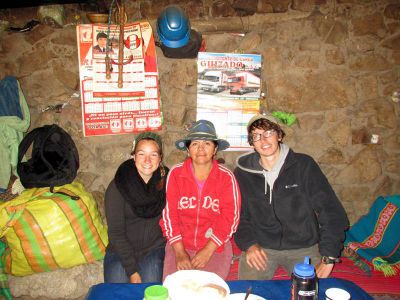
Over the next day, we had meals in both homes. The menu featured trout from a local river in the evening and the next day cuy, or guinea pig; both dishes, we know, are reserved for special occasions, and we were grateful to the families for their generosity. We also sampled alpaca, corn and potatoes.
A typical home in Vito is a single room, made of adobe bricks. In the evening, the family will gather, as we did, around a table, with a cooking fire providing both heat for the food and light for the company. The cuy kept to themselves on the floor at one end of the room, always chattering away and in motion.
Hayley and Philip have been helping at the local medical post, staffed by a nurse. They have accompanied the nurse on home visits (anemia is a primary concern). During our visit, they also assisted in an oral hygiene workshop. We had brought along toothbrushes, toothpaste and fluoride for the children, many of whom don’t regularly use a toothbrush.
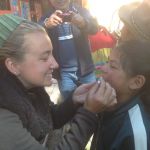

Another part of their service is teaching English at the primary school. Philip and Hayley created posters as teaching tools, such as the drawing of a head, with vocabulary words filled in at key locations — like ears and eyes and mouth and nose!
They also join family members in walks to their chacras, or farms, which will put most constitutions to the test. Both have tasted warm milk from a family cow. They have also learned to count to 20 in Quechua, the first language of families here.
The sun sets early in Vito. By 3:30 p.m., it slips behind the ridge. Supper and bedtime come early. Philip and Hayley are often asleep by 8 p.m. A pile of wool blankets, four or five high, is mandatory, as the nights are cold.
Willy took us on a walk to a compound where his family lived. We passed a relative, who was weaving a traditional poncho, featuring bright Vito colors. We also met an aunt, who was dressed in black, because her mother had recently died. His aunt was doing laundry when we interrupted her. We saw the remains of his childhood home; the house is now torn down.
“Vito is like a big family,” Willy said. He was so pleased to have Goshen students in Vito, and pleased with the way that Hayley and Philip had entered into the community. At one point, he high-fived them both and said, “I’m so proud of you.”
Without skipping a beat, Hayley replied, “This is just the beginning. You have to send more students back here for service.”

